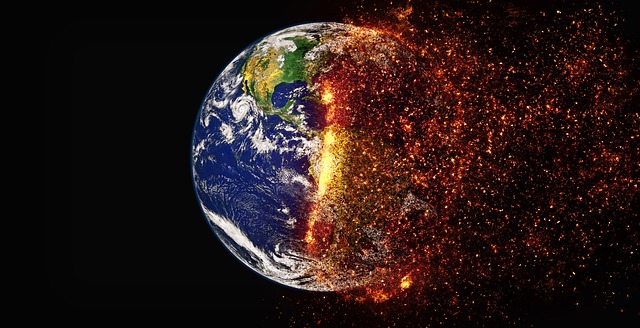CANADA RESPONDS WITH BUSINESSES TO GLOBAL WARMING
December 17th 2019 at 9:16pm Published by sharpshooteradmin

Climate change is one of the biggest risks facing businesses, economies and societies around the world.The effects of climate change are already being felt – with implications for a business’s strategy, reputation and resilience.
Strong and effective enforcement of Canada’s environmental and wildlife protection laws is one of the concrete ways the Government of Canada is acting on its commitment to clean air, clean water and the conservation of wildlife species and their habitat. The magnitude of climate change in high versus low emission scenarios paint two future scenarios for the country, according to the scientists. If large and rapid warming occurs, Canada’s climate with be severely affected as greenhouse gas emissions will grow. Limited warming may only occur, the report notes, if Canada and the rest of the world work on eliminating carbon emissions early in the second half of the century and on substantially lowering other greenhouse gases
Big business is already leading the way with companies like Nike, Walmart and Unilever setting science-based targets to reduce emissions. They have the resources, and they have the pressure on them. But the small- and medium-sized Canadian businesses that are having a harder time figuring out their role in the climate change space.
There are two ways to respond to climate change. The first is mitigating it—slowing down our greenhouse gas emissions, for example. But the other way is adaptation.

4 STRATEGIES TO ADAPT TO CLIMATE CHANGE
According to Keyes, there are four guidelines businesses can follow when creating adaptation strategies.
1. Determine your risk: What are the possible impacts to your organization from climate change? Map out where you have some vulnerability or some blind spots. Look at the impact and the likelihood of occurrence.
2. Target your efforts: You can’t mitigate every single risk that could possibly happen—but you really want to focus on those high-impact, high-likelihood risks, which would be your most material risks.
3. Gather data and information: How are you going to know how to mitigate that risk? Be aware of the key performance indicators and monitor them over time to see how well your mitigation strategies are working—and make adjustments where necessary along the way.
4. Think long-term: The impacts of climate change are certain—it’s not if, but when, they occur. Climate change impacts have a long tail—meaning we’ll start to feel today’s changes 20 years from now. But business cycles are quarterly or annual, at best. That time horizon really needs to be extended if you want to get a full picture of your organization’s vulnerability to climate.
Learn more about what actions Canada is taking on climate change: https://www.canada.ca/en/services/environment/weather/climatechange/climate-action.html